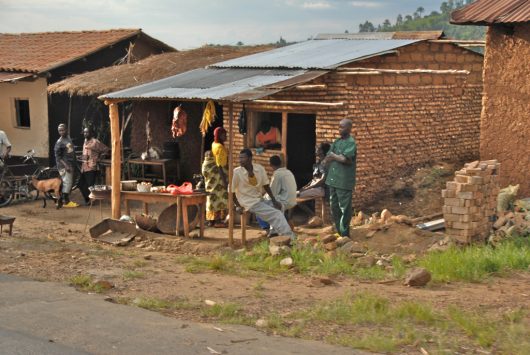Five Facts about Poverty In Burundi

From 1993 to 2006 a catastrophic civil war engulfed Burundi, amassing a death toll of over 300,000, leaving the country in shambles. 10 years after the official end of the war, Burundi is still trying to get back up on its feet. Following the war, poverty in Burundi increased from 48 to 67 percent of the population. Being ranked as the second most impoverished country in the world, Burundians face a tremendous amount of hardships day after day. Here are five crucial facts to better understand poverty in Burundi:
- Burundi is both landlocked and resource-poor with an underdeveloped manufacturing sector which makes it very difficult to survive, thus making the country heavily dependent on foreign aid. In 2014, 42 percent of Burundi’s national income came from foreign aid; this is the second-highest national income to foreign aid rate in all of Sub-Saharan Africa.
- Burundi’s civil war forced over 48,000 refugees into Tanzania and displaced 140,000 others internally. Fortunately, after the war, political stability, aid flows and economic activity increased. Unfortunately, however, the war also led to a high poverty rate, poor education, weak legal system, poor transportation network, overstrained utilities and low administrative capacity. Government corruption is also a huge burden Burundians are forced to live with.
- In 2015, Burundi faced another hardship with political turmoil over President Nkurunziza’s heavily debated third term. This drama strained Burundi’s economy and caused blocks in transportation routes which disrupted the flow of agricultural goods. To make matters worse, many donors also withdrew their aid, raising tensions throughout the country.
- As a result of Burundi’s poverty situation, the median age in Burundi is 17 years old with about 46 percent of the population being 14 years of age or younger. With that being said, Burundi’s infant and maternal mortality rates are among the highest in all of Africa with 16,000 infant deaths per year. Along with infant and maternal mortality, malaria, diarrhea, which accounts for 88 percent of diarrhea-related deaths are attributed to unsafe drinking water and lack of sanitation, respiratory infections and the effects of malnutrition are the leading causes of death in Burundi. In 2005, about 53 percent of children under the age of five suffered from growth stunting due to malnutrition.
- Burundi’s government aims to provide free basic education, but a lack of funds makes it difficult to acquire the number of teachers and tools necessary for the cause. Drop-out rates of students are also exceedingly high due to hunger.
It is easy to look away from the struggles Burundians face in their day-to-day lives, but they should not continue to suffer while the world turns a blind eye. The civil war may have happened 10 years ago, but this does not mean Burundi is a lost cause. If anything, this country’s situation should open the eyes of individuals throughout the world and spur them into action in order to properly assist and guide Burundians into a much brighter future. With the outside assistance, poverty in Burundi is something that can be overcome.
– Bella Chaffey
Photo: Flickr
